What does Boston's population growth mean for ministry in the city?
What does Boston's population growth mean for ministry in the city?
by Hanno van der Bijl, Managing Editor
More and more newcomers are flocking to Boston even as the number of churches appears to be leveling off.
The city's population is now growing at a much faster clip than in past years. From 1980 to 1990, the city added about 11,000 people. The increase grew to about 15,000 from 1990 to 2000. It doubled over the next decade to about 30,000 and then tripled from about 80,000 to 90,000 from 2010 to 2020.
The coronavirus pandemic threw a wrench in collecting data for the latest census. But taking into account recent growth trends, the Emmanuel Gospel Center estimates there are now about 700,000 Bostonians.
For much of Boston's past, the number of churches ran parallel to the city's population growth. That shifted in the 20th century during two periods of immigration from the 1870s to the 1920s and then again after 1980. During that time, the number of churches doubled from about 250 in the early part of the century to about 500 in 2000.
In recent years, that rate has slowed, creating new opportunities for Christian ministry.
“There are areas of the city that are seeing significant new developments and population growth, so, there’s opportunity for churches to do more outreach and for new churches to be planted.”
TAKE ACTION
What do you think are some implications of population growth for Christian ministry in Boston?











